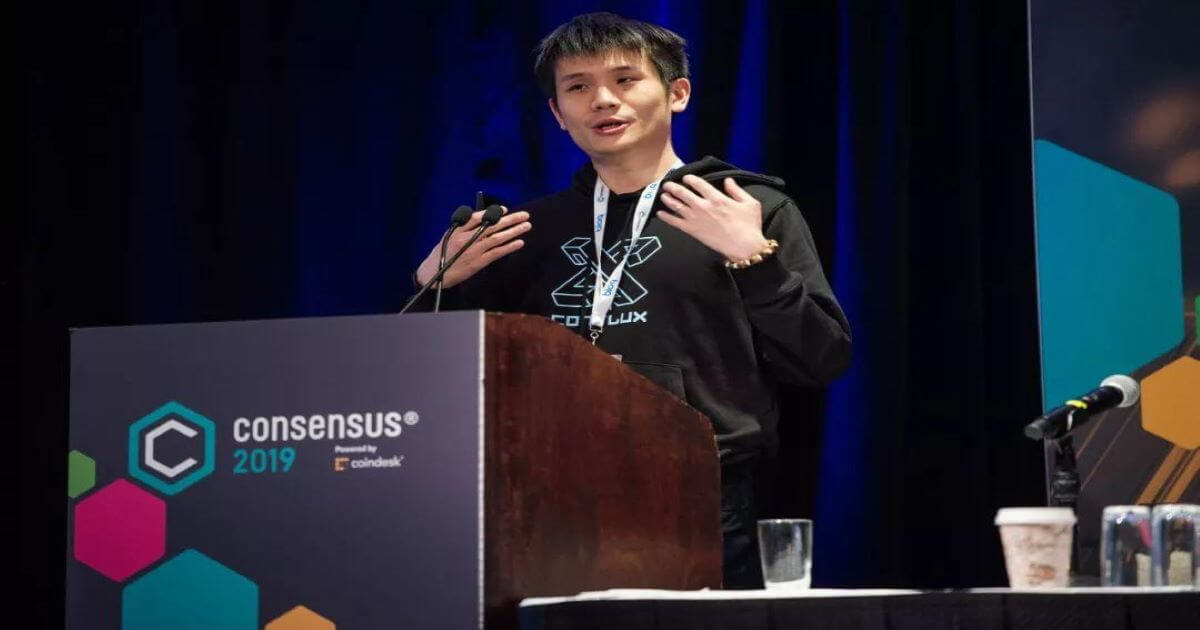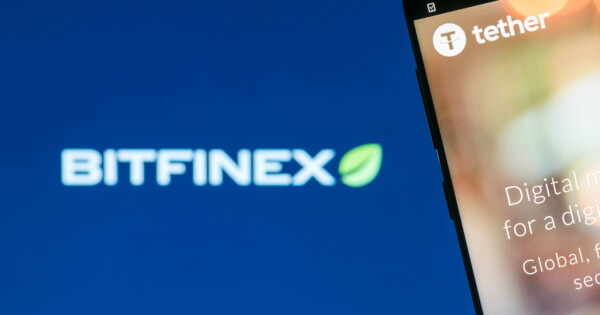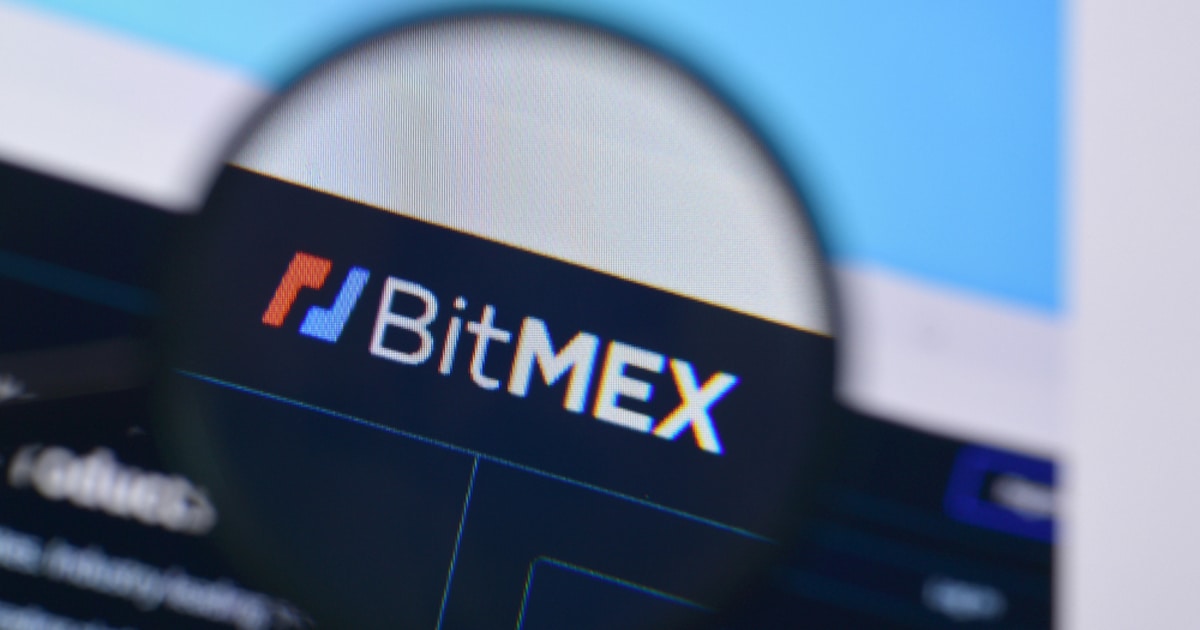Inheritance is one of the most neglected issues in the emerging crypto ecosystem; according to the most recent market analysis, close to 4 million Bitcoin (BTC) are currently inaccessible. A good number of these coins belonged to crypto investors who passed away before laying out a proper heritage structure. Was it their fault or the lack of solid frameworks like the ones used in traditional finance investments?
To some extent, we can argue that crypto owners have the obligation to ensure their assets are inherited by future generations. However, it would also be naive to ignore the fact that crypto is a relatively new niche with minimal oversight policies. Additionally, most of the investors in this market are still in their youthful years, and probably do not see the need for laying down an inheritance plan.
While these arguments may hold water, none of them justifies the loss of coins that would have been valuable to one’s descendants. Luckily, more crypto stakeholders are becoming aware of this pertinent issue; according to a 2020 survey by the Crenation Institute, close to 90% of crypto owners are concerned about what will happen to their fortunes once they die. Perhaps the right form of awakening in an industry that has minted millionaires overnight.
So, what does the current market have to offer when it comes to inheritance structures? Before diving deeper, it is worth noting that the existing solutions are divided into two; centralized (custodial) and decentralized (non-custodial). The former relies on third-party storage while the latter is supported by smart contract infrastructures.
Which Way to Go for Crypto Inheritance?
As far as crypto inheritance is concerned, both centralized and decentralized solutions are viable, it all depends on a person’s preferences. In the next section, we will look at both options to paint a better a picture of how each works;
1. Centralized
Like the name suggests, centralized crypto inheritance structures are run by intermediaries, mostly crypto exchanges like Binance and Coinbase. This means that a crypto asset owner would have to register an account with one of the tier-1 exchanges. In the event of one’s death, the heirs can claim the crypto assets in custody by providing some documentation; for instance, Coinbase requires a family member to provide a death certificate and last will, amongst other documents.
While storing crypto assets with a custodian can be a good inheritance hedge, it is not a guarantee that the heritage will eventually trickle down. There have been cases where big exchanges have been hacked or went out of business, leaving the clients in limbo. Furthermore, the looming uncertainty in regulations means that oversight authorities can easily confiscate crypto proceeds by directly targeting exchanges.
2. Decentralized
At the core, the crypto ethos is based on decentralization (users should have full control over their digital assets). This is the reason why non-custodial wallets like Metamask enjoy over 10 million monthly active users (MAUs). However, until recently, there hasn’t been a proper structure to pass down crypto assets stored in non-custodial platforms. The only option is to share one’s private keys or store the information with a notary.
Well, that is no longer the case, crypto die-hards now have the option of creating an inheritance strongbox through decentralized applications (DApps) like Serenity Shield. This DApp encrypts a user’s account information via the privacy feature of Secret Network, after which it is divided into three unique NFT fragments. The first NFT is held by the owner, the second by the heir while the last piece to the puzzle is stored in Serenity’s smart contract vault.
According to the Serenity’s Head of Public Relations Candice Baudet, the decentralized strongbox is a game-changer both in crypto inheritance and insuring against the loss of one’s private keys,
“Serenity Shield’s solution not only allows non-custodial wallet Owners to avoid the loss of their private keys (their #1 risk) by keeping them perfectly safe, but also transfers them to their Heirs.
Built on the Secret Network blockchain and based on the use of NFTs distributed to the Owner, Vault of Serenity, and its Designated Heir(s), it is secure, decentralized and transparent.”
Conclusion
Cryptocurrencies have come a long way and they are here to stay, now over $1.3 trillion in market capitalization. That being the case, it is only prudent for the participants in this market to develop long-term solutions on all fronts. More importantly, the market needs reliable heritage structures and policies; both centralized and decentralized. As highlighted in this article, there are several upcoming options, it all depends on an investor’s preference and their market needs at any point.
&
&

You can get bonuses upto $100 FREE BONUS when you:
💰 Install these recommended apps:
💲 SocialGood - 100% Crypto Back on Everyday Shopping
💲 xPortal - The DeFi For The Next Billion
💲 CryptoTab Browser - Lightweight, fast, and ready to mine!
💰 Register on these recommended exchanges:
🟡 Binance🟡 Bitfinex🟡 Bitmart🟡 Bittrex🟡 Bitget
🟡 CoinEx🟡 Crypto.com🟡 Gate.io🟡 Huobi🟡 Kucoin.

















Comments